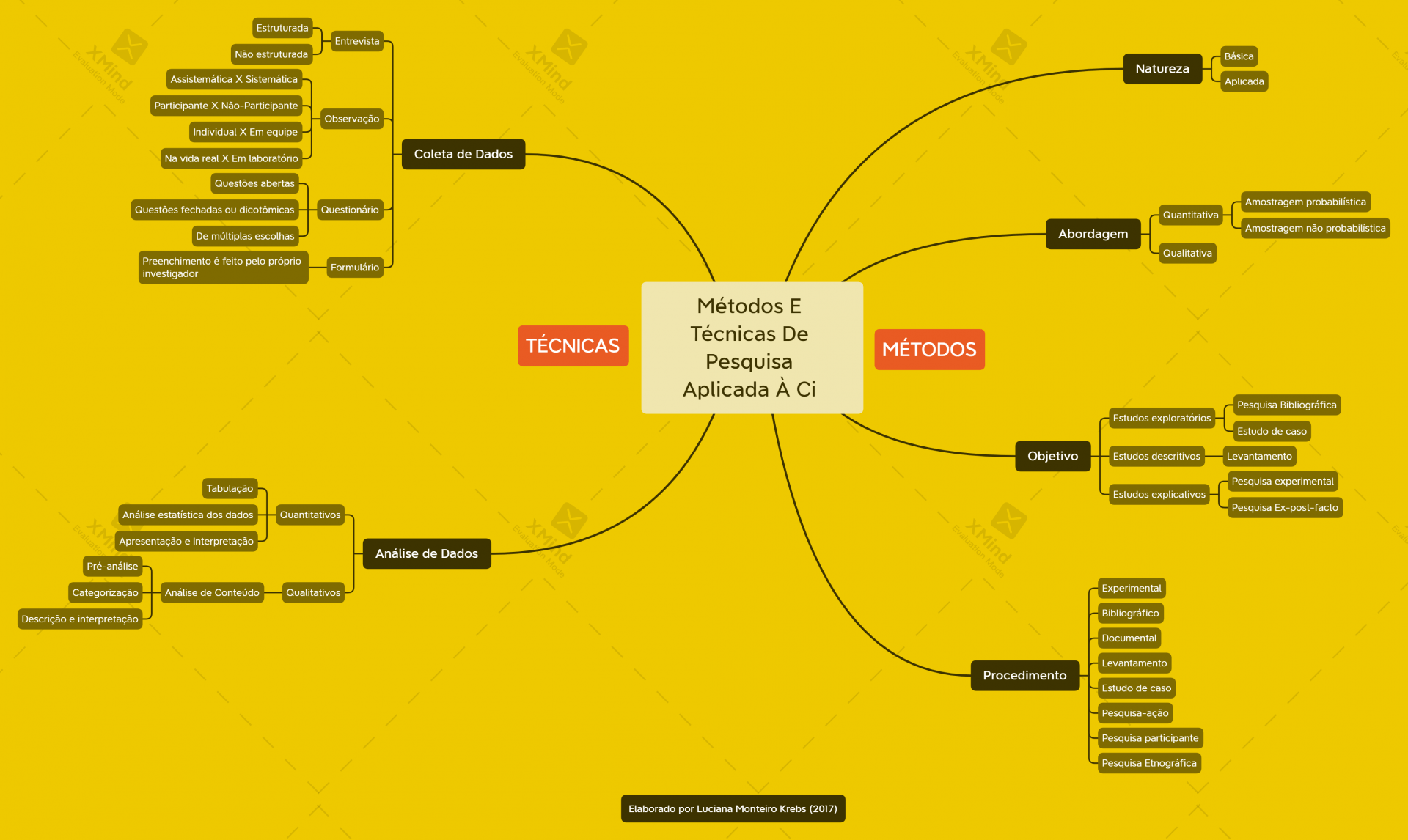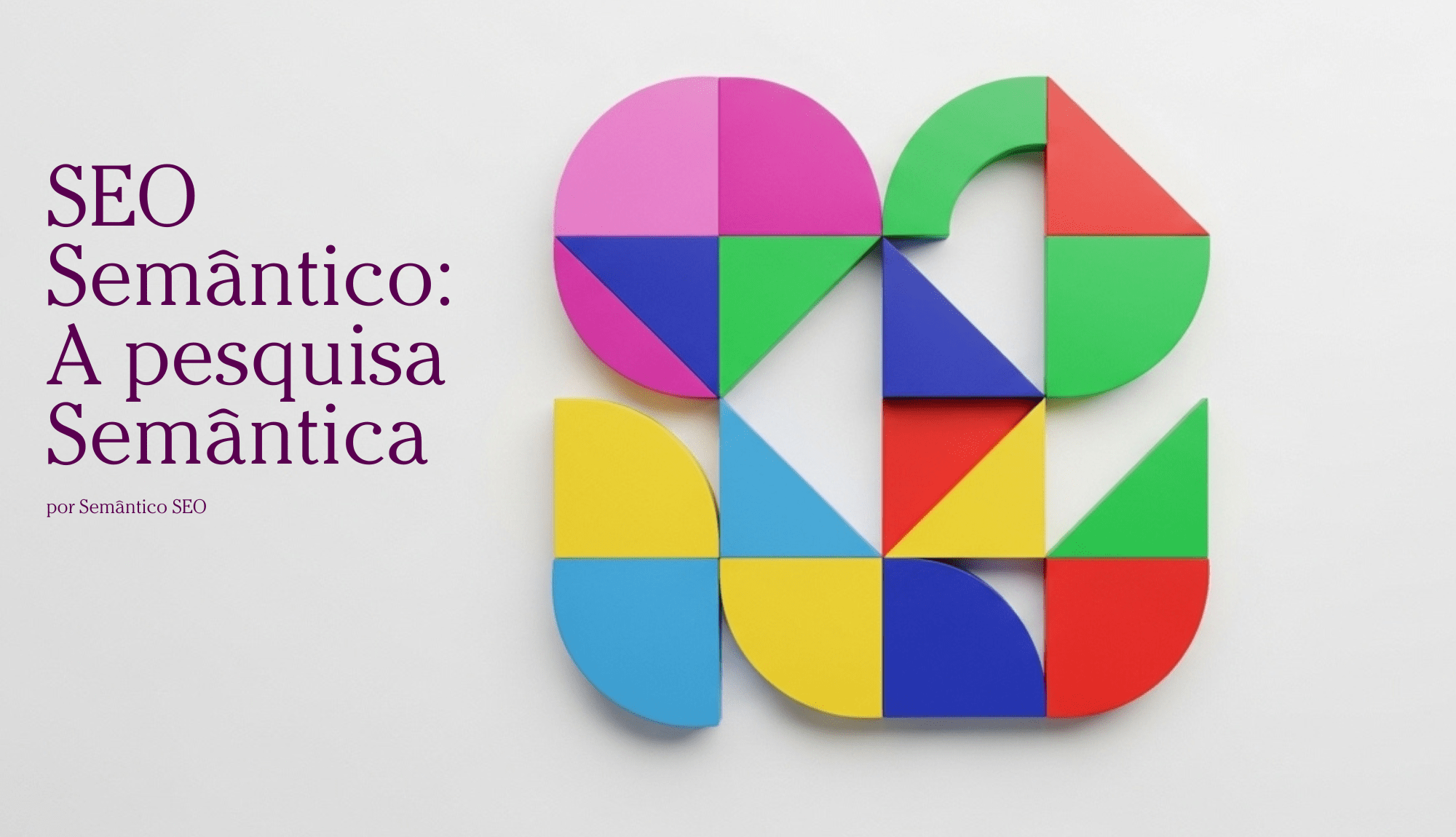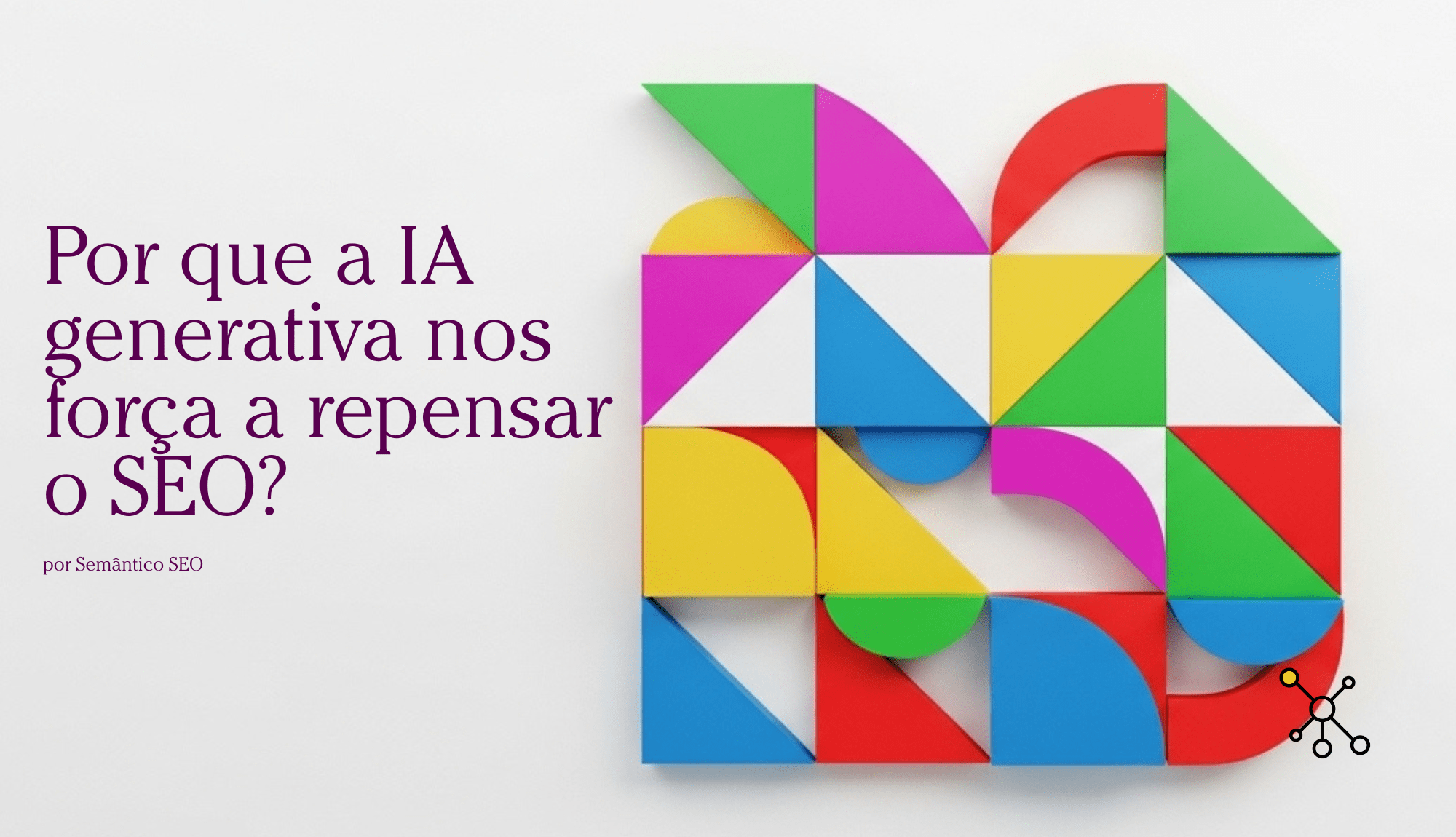SEO Semântico: A pesquisa Semântica
Gerencie o SEO com a pesquisa semântica em mente.
Desde que o Google lançou o RankBrain em 26 de Outubro de 2015, a forma como otimizamos o conteúdo dos nossos sites pensando em encontrar usuários através dos motores de busca. De uma forma bem simples o objetivo é responder as perguntas que estejam na mente do seu público-alvo, saiba ele ou não disso.
Anteriormente escolhíamos algumas palavras, as que tinham a melhor chance de retorno do investimento de tempo em otimizar o site. Hoje as coisas mudaram um pouco. Ao invés de escolher uma lista de palavras autônomas, separadas entre sites, podemos selecionar um contexto, um tema relacionado ao seu mercado e que seja fundamental para seu negócio.
Vou dar um exemplo:
A Semântico é um serviço que otimiza sites de todos os mercados, com clientes de vários tamanhos, mas principalmente micro e pequenos empresários. Portanto alguns termos como “Consultoria SEO“, “Consultor SEO“ ou “Otimização de Sites“, seriam usadas no cenário que citei.
Mas o que eu faço é diferente: eu selecionei os domínios do conhecimento que a semântico se encontra, que no meu caso é o de consultorias e SEO e dentro desses dois domínios, os termos que estão semanticamente relacionados com o trabalho que executo, ou seja, que tem os termos que fazem sentido serem abordados em conteúdos e nas páginas deste site.
Mas antes de começar é preciso definir algumas coisas e a primeira é: O que é SEO é?
SEO, em termos bem simples é otimizar o seu site para que o Google entenda ele. Você pode compreender otimizar como melhorar tanto o código do site, a experiência do usuário que navega nele, o conteúdo das páginas e o que você coloca por exemplo, no seu blog.
Conheça O poder do Grafo do Conhecimento
E o que é SEO Semântico?
SEO e SEO semântico possuem significados diferentes?
A definição de semântica para a língua portuguesa é:
“A semântica é a parte da gramática que estuda o significado das palavras, bem como a interpretação desse significado. Estuda também a diferença de sentido que as palavras apresentam em diferentes contextos e ao longo do tempo.”
Portanto a semântica estuda o sentido que as palavras possuem e se adaptarmos isso ao SEO podemos definir que o SEO semântico é:
SEO semântico é a prática de otimizar conteúdos online através de estratégias que definem um campo semântico* para o seu negócio e conecta dados, informações e conteúdos para o que o seu negócio faça sentido dentro deste contexto.
Mais pesquisas, mais cliques: resultados semânticos.
Uma conta antiga que fazemos no mundo do SEO:
Quanto mais as pessoas clicam nas páginas do seu site, quando elas aparecem em um resultado de uma busca, mas os buscadores vão considerá-las relevantes.
Essa é uma dos elementos que mais temos certeza que o Google leva em consideração para colocar um site acima de outros. Antigamente a estratégia mais procurada era criar a SERP Domination, ou seja, dominar um certo resultado para uma busca (a tal da SERP – do inglês: search engine result pages ou página de resultado do buscador), o que fazia com que seus concorrentes ficassem lá embaixo na lista, bem longe dos olhos dos usuários.
Com o advento do uso dos algoritmos, da semântica e das máquinas que aprendem, isso mudou. Hoje em dia ter dados estruturados é o caminho mais certeiro para trazer visitantes ao seu site.
Você sabe Como rankear no Google?
Mas o que são dados estruturados?
São dados que foram organizados de certa maneira para que os computadores possam entendê-lo. É uma maneira de marcar (com tags) certas partes do conteúdo, usando linguagens especialmente criadas para isso (como os microformatos, RDFa e microdados, por exemplo)
A combinação entre os dados estruturados e a marcação semântica é que nos permite dizer que hoje em dia existe o SEO Semântico.
Hoje, os dados estruturados são o melhor caminho infalível para conduzir seus clientes potenciais de uma busca ao seu site.
A Busca Semântica
A Busca Semântica é resultado de uma pesquisa, seja ela escrita ou falada, uma ação ou questionamento simples, que produz resultados que tem um significado complexo.
Mesmo quando os itens da resposta não contêm nenhum dos termos da consulta, ou a pesquisa não envolve nenhum texto de consulta, como no caso de uma busca por imagem, por exemplo.
A Otimização Semântica ou SEO semântico, chame como quiser, será a maneira como o mercado irá descrever o trabalho do Analista SEO no futuro próximo.
A primeira onda de resultados baseados em entidades semânticas no Google passou pelos “cartões de respostas ricos” e resultados do Grapho do Conhecimento e agora com a empresa ampliando a busca por voz com suporte de Máquinas que Aprendem (Machine Learning) e Inteligência Artificial (A.I.), o céu é o limite.
Estamos acostumados a ver as buscas do Google para pessoas, lugares e resultados de objetos de mídia que se parecem com isto:
No caso de uma busca pelo termo “The Beatles”, o retorno hoje em dia é cada vez menos parecido com aquela coleção de links azuis que tínhamos anos atras. Vídeos, imagens e informações de aplicativos de terceiros já são lugar comum num resultado de busca.

Essa é a primeira implementação de um trabalho de marcação do conteúdo de todos os sites e banco de dados que fazem parte da composição de um resultado desses. Se o Youtube, Spotify, Kboing, não tivessem marcado suas páginas que falam e tem conteúdo da banda, elas não apareceriam aqui e com certeza essa página não seria tão rica.
Vamos a outro exemplo?
Uma cliente minha, a Mais Bonita por Menos, tem um resultado assim:

O trabalho de otimização que fazemos usa muita marcação de dados e estamos sempre procurando e aplicando as novidades do SEO Semântico.
Veja que além de termos os links azuis padrão, do lado direito temos um aglomerado de informações vindas de diferentes fontes (o site deles, o Google Maps, Google Imagens e outros), onde temos um cartão de informações completo, conhecido como Grafo de Conhecimento.
Todos que procuram pelo termo “Mais Bonita por Menos” vão ter acesso, de uma só vez, a todos as informações que podem precisar, sem ter que sair procurando em diversas fontes.
O Analista de SEO moderno precisa dominar essas estratégias para dar esta vantagem a seus clientes.
Mas esse SEO Semântico é para valer?
Esse é um debate que já vem sendo feito e continua atual, até porque o SEO semântico tem sido muito falado ultimamente.
Algumas pessoas defendem que ele é só um buzzword (um termo que tem feito muito “barulho”) e que não passa disso, que otimização é otimização e ponto final. Outras pessoas já defendem que depois do advento do RankBrain do Google e das recentes melhorias com Inteligência Artificial o modo como trabalhamos mudou tanto que não é possível se falar de Otimização que não inclua a semântica.
Eu concordo com esse argumento.
A partir do uso dos algoritmos e da criação de uma busca semântica, amplamente ancorada em tecnologia de ponta, com complexos sistemas de captura e entendimento de dados a forma como nossos sites são otimizados precisa mudar.
Otimização Baseada em Domínio e Vocabulários
Como disse, para mim a Otimização Semântica, baseada em marcação de dados estruturados é o futuro do SEO. E esse futuro traz, além de grandes desafios, novos termos e métodos de trabalho ao dia-a-dia dos profissionais e para os nossos clientes. Termos como Domínio, Vocabulários, Ontologia e outros vão se tornar comuns em breve.
Já que o nosso objetivo é escrever para os nossos clientes: donos de micro e pequenas empresas, vamos explicar dois desses termos que têm impacto direto na forma como o SEO será usado no site deles (no caso da Semântico, já é uma realidade):
Domínio Semântico
Um Domínio Semântico é um lugar específico que compartilha um conjunto de significados, ou um idioma que mantém seu significado, dentro do contexto dado. Harriet Ottenheimer (2006), um escritor ligado a Antropologia Linguística, define um domínio semântico como uma “área específica de ênfase cultural”.
Em termos de SEO, um domínio semântico é uma área do conhecimento humano (um “lugar”) que divide uma série de significados dentro de um contexto. No trabalho do SEO Semântico definimos qual o domínio que a marca, a empresa ou o site em específico quer estar presente e definimos uma estratégia para criar conteúdos para esta “área específica de ênfase cultural”.
Vamos novamente dar o exemplo do Mais Bonita por Menos.
O negócio atua em duas frentes: Moda e Beleza. Esses são os domínios semânticos que queremos estar presentes. Para tanto vamos definir um conjunto de termos, com seus significados específicos, que vamos tratar no site, dentro do contexto de um negócio que vende promoções relacionadas a esses termos.
Para isso vamos criar um Vocabulário, com objetivo final de criar nossa própria Ontologia.
Criação de Vocabulário
A segunda parte prática do trabalho de otimização semântica que estamos implementando passa pelo trabalho de criar esse vocabulário de termos ligados ao domínio escolhido.
Para facilitar o nosso trabalho estamos usando uma ferramenta fenomenal e fundamental neste trabalho: o Wordlift. Mas dele já falei com profundidade na minha apresentação Semântica Aplicada no SEO na série Semântica na Prática que a comunidade IA Biblio BR criou.
Por enquanto, saiba que o trabalho passa por criar posts ou páginas onde você deve explicar, demonstrar, exemplificar e apresentar (com uso de textos, imagens, vídeos e o que mais conseguir) um termo em específico.
Conheça a nova pesquisa: Mapeamento Semântico
O mapeamento semântico é uma estratégia criada para representar graficamente os conceitos que compõe uma Ontologia, construindo um mapa semântico.

Durante processos de aprendizado, um mapa semântico pode ser usado como um modelo gráfico feito especialmente para ajudá-lo a identificar ideias importantes e relacionar estas ideias com os termos do projeto de SEO que você está criando.
Mas você pode me perguntar:
O que tudo isso tem que ver como o SEO do meu site?
O profissional responsável pela otimização do seu site vai precisar implementar a marcação correta através da escolha do esquema de dados estruturados mais adequado independentemente do tipo de site que você tem.
O Conceito de Triplos
O seu analista de SEO deve prestar atenção ao conceito de “triplos”. Eles permitem que você não se limite a descrever as relações entre duas entidades, mas também mapeie a relação entre outras afirmações sobre essas “coisas”.
Imagine que estamos falando sobre uma pessoa, Michael Jackson por exemplo. Como poderíamos descrever ele?
Algo assim:
- Michael Jackson é uma pessoa;
- Michael Jackson era Americano;
- Michael Jackson era cantor.
Usando um padrão chamado RDF vamos conseguir relacionar esse conjunto de informações numa base de dados sobre esses dados, os metadados. Um sistema pode usar essas “declarações” sobre a entidade Michael Jackson e definir que ele é uma pessoa, um ser humano, que nasceu nos Estados Unidos e teve uma carreira de cantor.
Mas o que é RDF?
O Framework de Descrição de Recursos (RDF) é uma família de especificações do Consórcio World Wide Web (W3C) originalmente projetado como um modelo de dados de metadados.
Pense semanticamente
Na hora de otimizar o seu site, fale isso para quem você contrata, senhor micro empresário.
Você vão precisar definir juntos quais são os tópicos relacionados, os temas, as ideias e os conceitos que você precisa usar para ajudar os motores de busca a entender e classificar o seu site.
E você que trabalha com SEO, faça um favor a si mesmo:
Estude e conheça tudo sobre JSON-LD e aprenda a conectar a marcar dados.
Nem que seja para não ficar por fora do assunto na próxima roda de analistas, nos eventos que for.
O novo marketing de Conteúdo
O Marketing digital precisa estar atento para esse novo momento do SEO, onde uma palavra chave já não representa a melhor estratégia de posicionamento.
A conotação** é hoje em dia muito mais importante do que a denotação*** para um conteúdo web. Se o seu conteúdo foi criado para ter resultados de SEO mas não leva em consideração esses conceitos que descrevi, ele precisa ser refeito.
Caso precise de uma ajuda, basta me mandar uma mensagem.
VOCABULÁRIO:
- *Campo semântico é um conjunto de palavras unidas pelo sentido.
- **Conotação: Conotação, também referido como sentido conotativo e sentido figurado, é a associação subjetiva, cultural e/ou emocional, que está para além do significado escrito ou literal de uma palavra, frase ou conceito.
- ***Denotação: vínculo direto de significação (sem sentidos derivativos ou figurados) que um nome estabelece com um objeto da realidade.




